In the comments to my articles, I am sometimes asked about how and for what old smartphones can be adapted, or what can be made of them.
Thinking about another project to turn a normal device into a Frankenstein monster, I wondered what it is actually possible to make out of a smartphone that has been used up, which is idly gathering dust in a drawer. Well, or where you can save money and not lose quality by adapting a smartphone instead of a specialized device. That's what came out of it.

Anticipating possible disputes, I must add a remark – this is just an opportunity, not a guide to action, and, besides this, a way to find the use of old electronics, which it is a pity to throw away and cannot be sold.
The obvious area in which you can use a smartphone is a car. Or rather, the multimedia system of this very car. We are talking about the role of an entertainment center, where a smartphone is able to replace a radio tape recorder, and about the role of a navigator, and a video recorder, and, of course, a means of communication.
If we evaluate the capabilities of most of the modern DVRs of the low and middle price segment, and it is these that are in greatest demand among domestic motorists, it turns out that smartphones and tablets can prove themselves in this role from the best side.
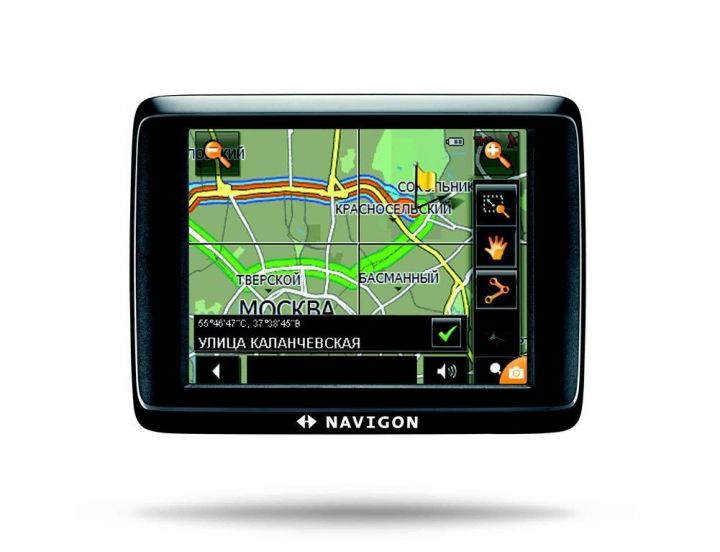
Here are a few examples of this kind of cannibalism, which I think is good.
A long time ago I bought a Samsung Galaxy Tab 4 7.0 tablet with a faulty radio part (neither Wi-Fi nor Bluetooth works for the tablet).
It was purchased on the occasion for ridiculous money – for 2,000 rubles. for the purpose of possible subsequent restoration to an operable state. Alas, I never got around to fixing it. However, even in this state, it can do a good job, becoming a GPS navigator with a large, easy-to-use display.
All that is needed for this is to install one or another cartographic service with support for offline navigation on it, fill in maps there, and voila, a useless piece of plastic turns into an excellent navigator.
I used MapsMe maps, which have an offline navigation mode and allow updating maps and points of interest by uploading updates to a directory on a memory card.
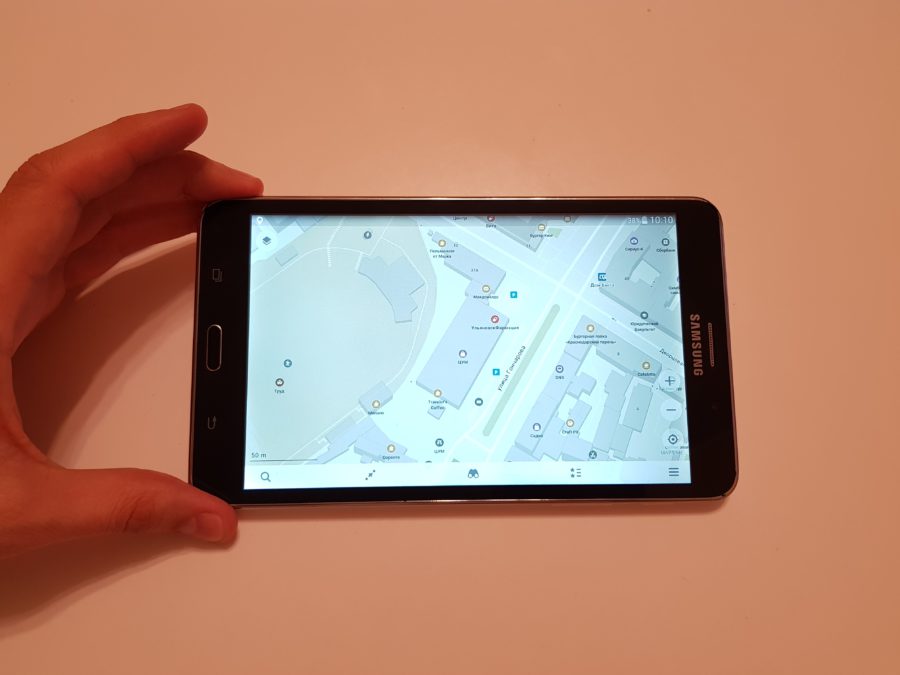
Even with non-working Wi-Fi and Bluetooth modules, the tablet continues to perfectly catch satellites and plot routes.
Agree, using navigation on a 7 “display is much more comfortable than on a navigator display, which is rarely more than 6”.
In addition to the role of a navigator, such a tablet can also play the role of a music player. To do this, it is enough to connect it to the radio tape recorder and thereby get a player with a convenient interface and a large music library, which can be poured onto the same memory card on which the maps for the navigator are filled. Considering that it is a full-fledged operating system Android, you can use both services in parallel, switching between them in real time.
And you can also display an image from a rear view camera on the tablet, for example. But that is another story.

However, the role of a navigator and a player is not the limit for such devices.
Another option to attach an old tablet / smartphone and at the same time expand the capabilities of the car is the role of a video recorder.
Alas, the capabilities of an old tablet are no longer enough for this – the quality of the camera in such devices leaves much to be desired.
However, here we come to an amazing fact. Once upon a time, the company Motorola jointly with Google released a 6-inch (then gigantic) smartphone of the Nexus line – Moto Nexus 6.
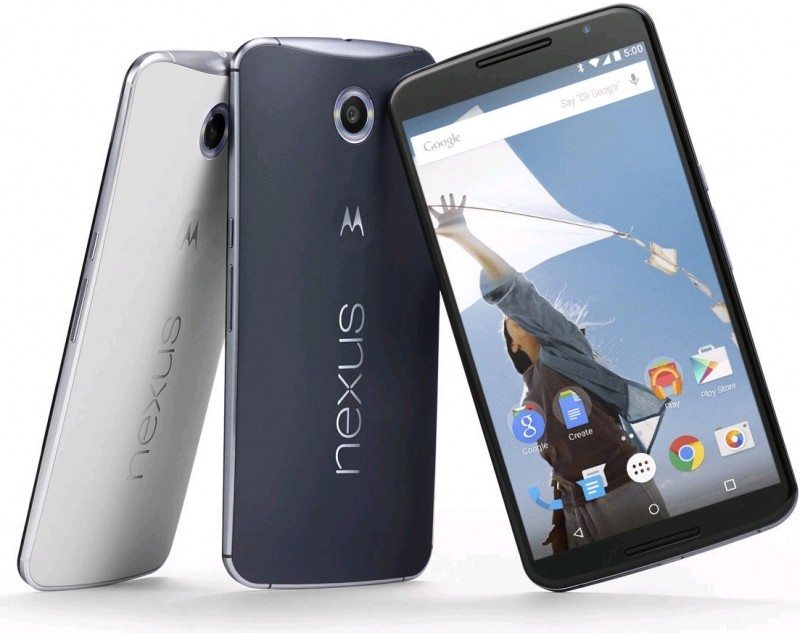
In addition to a gorgeous 6-inch SuperAmoled display with 2k-resolution, the smartphone boasted an excellent 13MP camera (enhanced by proprietary Google algorithms) and a powerful Snapdragon 805 processor.
All this, coupled with a 3220 mAh battery, made it possible to obtain an ultimatum device that could act both as a smartphone and as a tablet. However, the device failed in sales and in Russia it turned out to be interesting only to a small layer of geeks who bought it in the USA, despite the difficulties with payment and delivery – the Nexus 6 was not officially sold in Russia.
Another misfortune of this smartphone was its fragility – thanks to the huge display, which, due to the aspect ratio of 16: 9, and now is larger in area than the narrow banana displays of 6-inch flagships, the smartphone rarely experienced falls on hard surfaces.
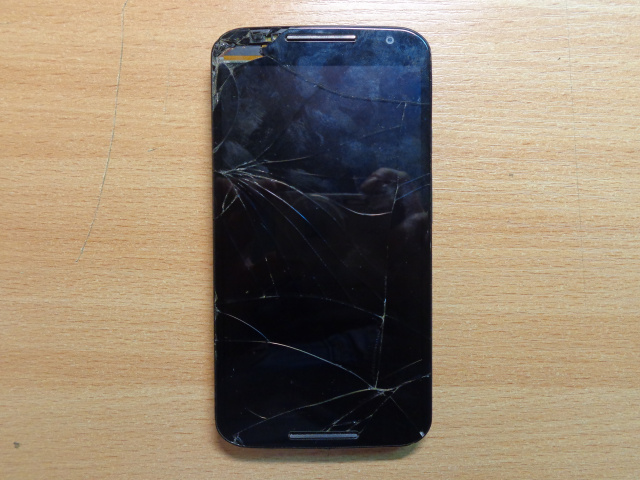
But the repair turned out to be a non-trivial task, firstly, due to the lack of spare parts from local craftsmen, and secondly, because of the very inhuman price tag for a new module, the price of which did not fall for a long time and came close to the cost of the smartphone itself in the secondary market .
That is why today it is not difficult to find such a smartphone with a broken display for symbolic money – 1,000 / 2,000 rubles. As for the price of a new display module, then everything comes to an end one day, which happened to the prices for this spare part – today a new original display module can be found for an average of 3,500 rubles.
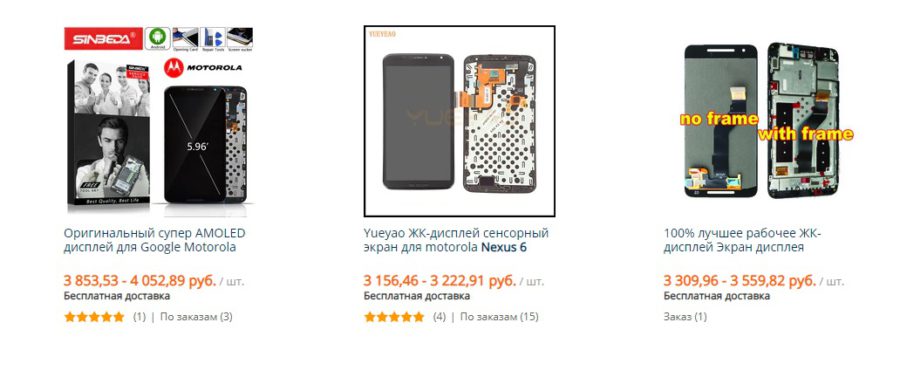
As a result, for 4,500 rubles. we get a powerful smartphone with a large, very contrasting and clear display, as well as an excellent camera with optical stabilization, which turns out to be available such Google chips as advanced night mode and extended HDR +.
This is what makes it possible to use this smartphone as a full-fledged universal electronic device capable of simultaneously playing the role of both a navigator and a multimedia center, and even a video recorder, the records from which will be of better quality than the records of the vast majority of advanced specialized devices.
Do not forget about the possibility to install a separate SIM-card in such a smartphone and use it for communication in the car directly as a car phone number.
In addition to the options mentioned above, any smartphone or tablet that has certain strengths can act as a replacement for specialized devices, the main of which will almost always be a higher-quality display than in the same navigator, as well as an always more universal operating system that allows choose among a huge number of software programs to your taste.
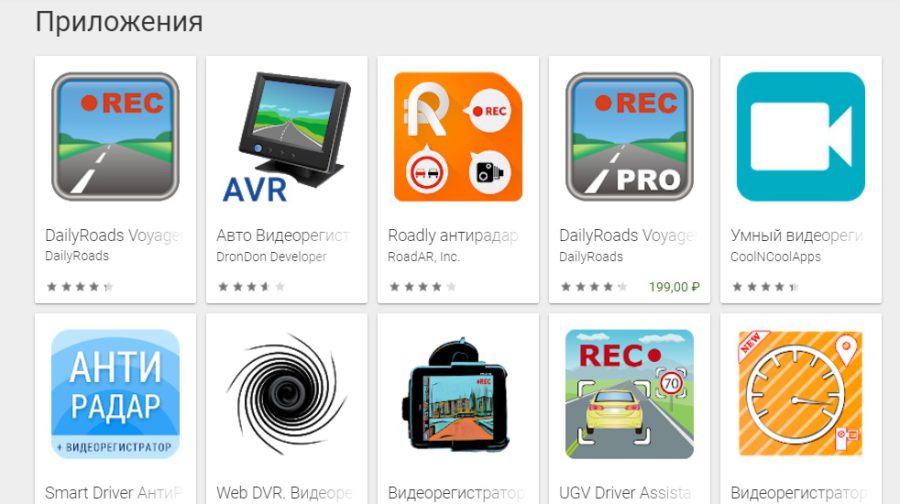
This capability is usually denied by special devices due to often truncated versions of operating systems.
In this regard, a completely natural question may arise – why fence a garden when you can use your main smartphone for the same purposes and in the same capacity?
The answer is obvious – using it as a navigator or DVR is often an extreme mode for a smartphone, since navigation is a very resource-intensive process, in which there is an increased battery consumption, which means that it requires a constant connection to a power source, which, in turn, is negative affects the health of the battery.

In addition to the loaded mode, the car chargers themselves negatively affect the battery. By the way, for the same reason, it is not recommended to keep the phone on charging in the car for a long time – the battery will not thank you.
Among other arguments against using the main phone in the car, one can also highlight the location of the phone in the sun – when it is fixed in a holder on a dashboard.
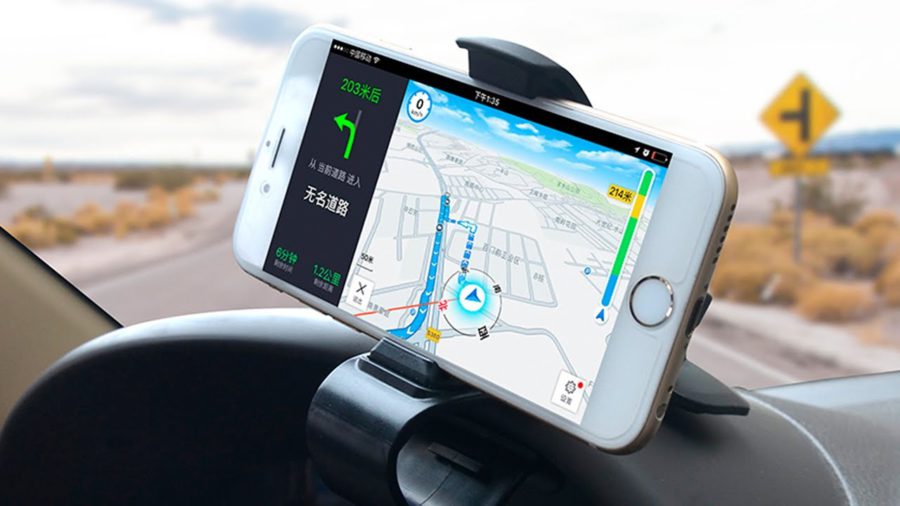
Conclusion
Smartphones have long and successfully replaced other less versatile devices from the market. This, for example, happened at one time with audio players, which today have practically disappeared from store shelves, except for niche devices for audiophiles. Or, you can think of inexpensive digital cameras that have become obsolete with the increase in the quality of cameras in smartphones.

This process continues, and the next step is car multimedia systems and highly specialized devices.
The issue of using several separate devices in a car or one smartphone in this role is purely in the area of the thickness of the owner's wallet, as well as in relation to this issue and in the desire or unwillingness to bother.
In any case, having a choice is always better than no choice. But even with the equal cost of an old, but not useless smartphone and, for example, a navigator, a smartphone is likely to have more advanced features and higher characteristics, which makes the choice in favor of it justified in most cases. What do you think about this, dear readers?
